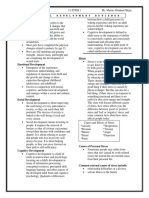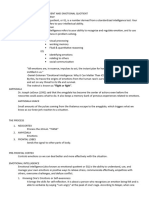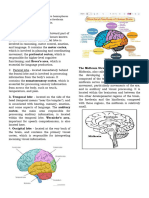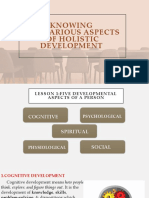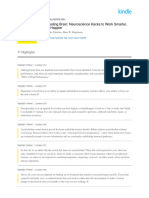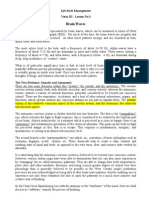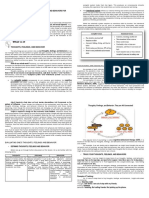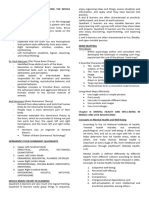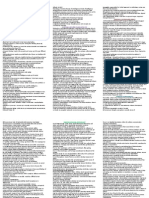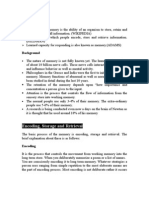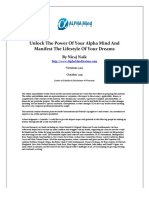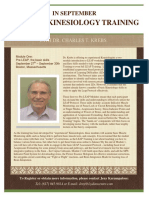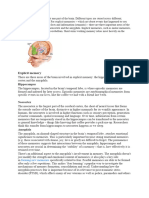0% found this document useful (0 votes)
12 views5 pagesPersonal Development: Improving Intelligence and Brain Function
The document discusses personal development through improving intelligence and brain function, emphasizing the impact of growth mindset, brain plasticity, and various strategies for enhancing cognitive abilities. It also covers stress management, mental health, and the stages of adolescence, highlighting the importance of self-awareness and emotional intelligence. Key concepts include coping mechanisms for stress, the significance of physical and mental well-being, and the development of personal effectiveness.
Uploaded by
Daniela Icaro TuralbaCopyright
© © All Rights Reserved
We take content rights seriously. If you suspect this is your content, claim it here.
Available Formats
Download as PDF, TXT or read online on Scribd
0% found this document useful (0 votes)
12 views5 pagesPersonal Development: Improving Intelligence and Brain Function
The document discusses personal development through improving intelligence and brain function, emphasizing the impact of growth mindset, brain plasticity, and various strategies for enhancing cognitive abilities. It also covers stress management, mental health, and the stages of adolescence, highlighting the importance of self-awareness and emotional intelligence. Key concepts include coping mechanisms for stress, the significance of physical and mental well-being, and the development of personal effectiveness.
Uploaded by
Daniela Icaro TuralbaCopyright
© © All Rights Reserved
We take content rights seriously. If you suspect this is your content, claim it here.
Available Formats
Download as PDF, TXT or read online on Scribd
/ 5

